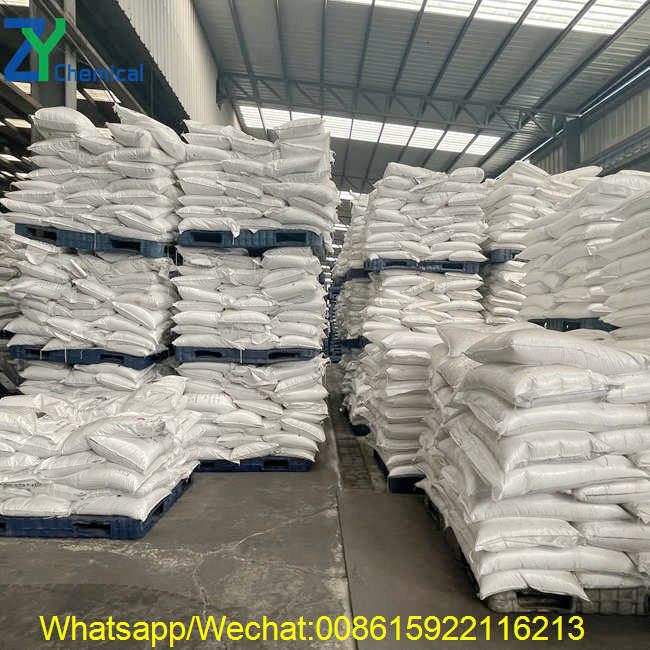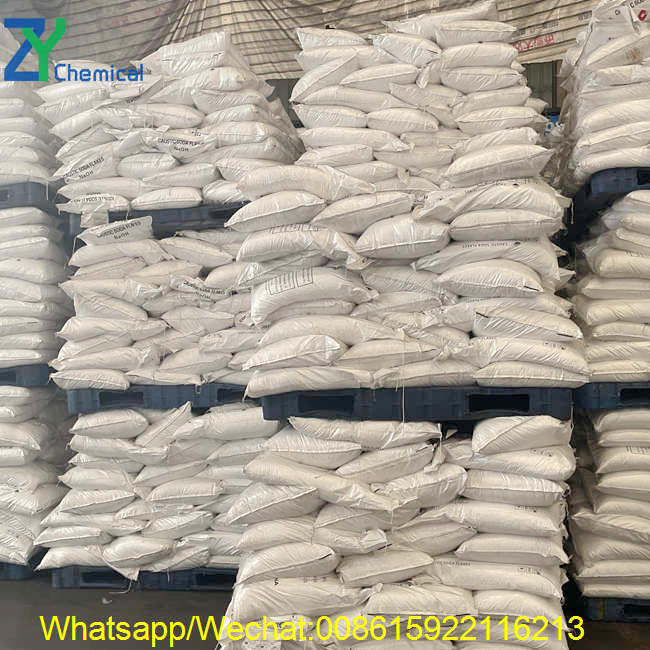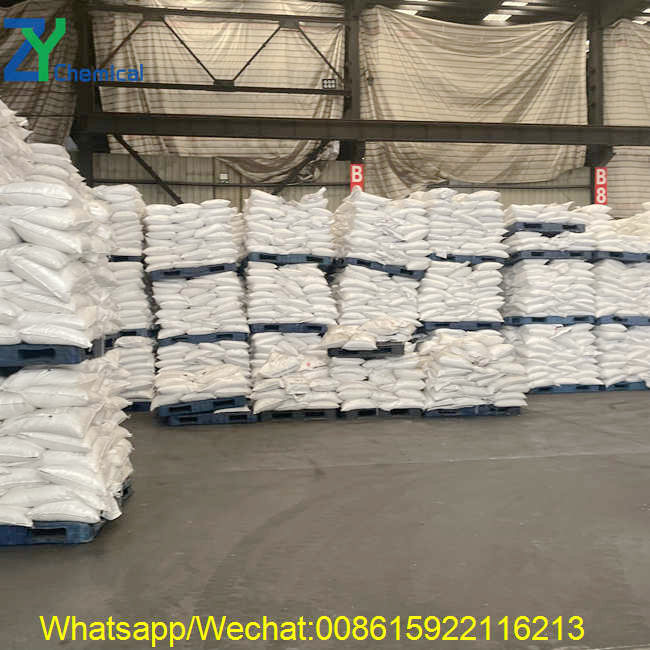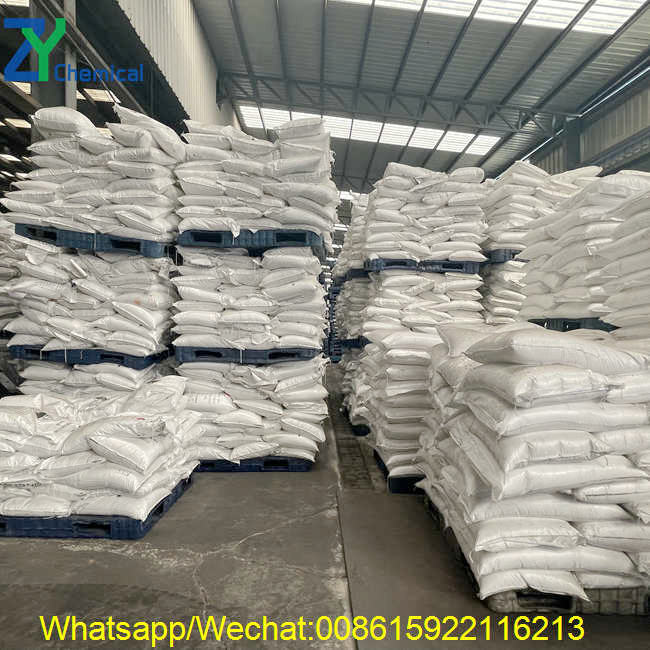In practical applications, the small particle size of caustic soda micropearl also facilitates automated feeding, making it suitable for modern continuous production lines, reducing manual labor intensity and errors, and further improving production efficiency. Simultaneously, the product uses sealed, moisture-proof packaging to effectively prevent moisture absorption and clumping, ensuring it maintains good physical condition during storage and transportation.
Caustic Soda Micropearl, a highly efficient form of sodium hydroxide, benefits from a mature production process that leverages ion-exchange membrane technology. This process combines high efficiency with environmental friendliness. The caustic soda micropearl production flow begins with the electrolysis of refined saturated brine. After being injected into an electrolytic cell equipped with an ion-exchange membrane, a direct current is applied to induce ion movement: sodium ions migrate towards the cathode and gain electrons, generating a high-purity sodium hydroxide solution along with hydrogen gas; chloride ions migrate towards the anode and lose electrons to generate chlorine gas. The ion-exchange membrane plays a crucial role in isolating the anode and cathode regions, preventing side reactions between chlorine gas and sodium hydroxide, and ensuring the purity of the solution produced at the cathode. Subsequently, the sodium hydroxide solution is evaporated and concentrated to a specific concentration. Then, a special granulation process—atomizing the concentrated solution and exposing it to cold air—instantly cools and solidifies it into tiny particles, ultimately forming uniformly sized bead-like products.

The most significant characteristic of caustic soda micropearl is its small and uniform particle size, typically controlled between 0.6-0.8 mm, exhibiting regular spherical or near-spherical shapes. This caustic soda micropearl tiny particle size endows it with an extremely large specific surface area, making its dissolution rate much faster than that of flake or block sodium hydroxide. The dissolution process is also gentler, less prone to localized overheating and clumping, and significantly improves ease of handling. Simultaneously, the product exhibits excellent whiteness, appearing pure white and free of impurities. This is thanks to a rigorous impurity control process during production. From raw material refining to finished product screening, each step undergoes precise filtration and testing, ensuring a purity consistently above 99%. This not only results in a clean appearance but also prevents impurities from adversely affecting downstream production, caustic soda micropearl,making it particularly suitable for applications with stringent requirements for raw material color and purity.

With its advantages in particle size, color, and purity, caustic soda micropearl has an extremely wide range of applications. In the fine chemical industry, it is an important raw material for synthetic dyes and pharmaceutical intermediates, with its rapid dissolution improving reaction efficiency. In the food industry, caustic soda micropearl is used for food container sterilization and pH adjustment in some food processing, its high purity and white appearance meeting food safety standards. In the water treatment industry, caustic soda micropearl can be used for wastewater neutralization and heavy metal removal, with its efficient dissolution accelerating the treatment process. Furthermore, in the mercerizing process of textile printing and dyeing, the pulping process in the paper industry, and detergent production, caustic soda micropearl exhibits excellent performance, simplifying feeding operations and ensuring production stability. Its diverse applications make it a preferred basic chemical raw material in many industrial sectors.

In practical applications, the small particle size of caustic soda micropearl also facilitates automated feeding, making it suitable for modern continuous production lines, reducing manual labor intensity and errors, and further improving production efficiency. Simultaneously, the product uses sealed, moisture-proof packaging to effectively prevent moisture absorption and clumping, ensuring it maintains good physical condition during storage and transportation.
